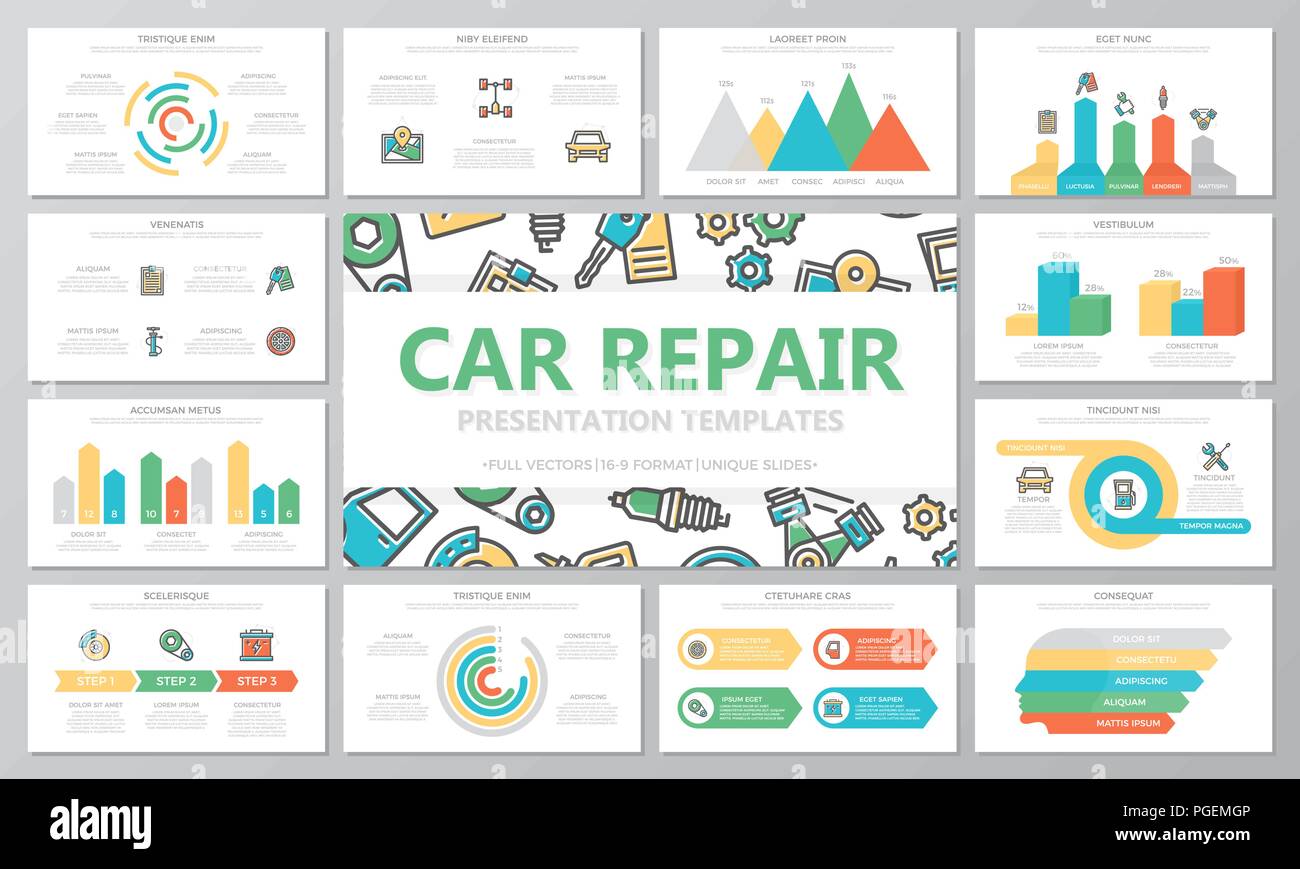Intrigued In Understanding The Caution Lights On Your Car'S Control Panel? Discover Their Importance For Your Vehicle'S Safety And Security And Overall Condition
Intrigued In Understanding The Caution Lights On Your Car'S Control Panel? Discover Their Importance For Your Vehicle'S Safety And Security And Overall Condition
Blog Article
Composed By-Termansen Gilbert
When you lag the wheel, those glowing caution lights on your control panel can be a little bit puzzling. Do you understand what they're trying to inform you concerning your automobile's health and wellness? Understanding the significance of these lights is crucial for your security and the durability of your automobile. So, the following time one of those lights pops up, wouldn't you intend to decode its message precisely and take the needed actions to address it?
Common Caution Lights and Interpretations
Determine typical warning lights in your cars and truck and recognize their definitions to make certain secure driving.
The most common caution lights consist of the check engine light, which signals issues with the engine or discharges system. If this light comes on, it's critical to have your lorry examined quickly.
The oil pressure warning light indicates low oil pressure, calling for immediate interest to stop engine damage.
A blinking battery light may recommend a damaged billing system, potentially leaving you stranded otherwise attended to.
dwtailingauckland (TPMS) light notifies you to low tire stress, affecting lorry security and gas effectiveness. Neglecting this could cause dangerous driving problems.
The abdominal muscle light suggests an issue with the anti-lock braking system, compromising your capacity to quit promptly in emergency situations.
Last but not least, the coolant temperature advising light warns of engine overheating, which can result in extreme damage if not solved promptly.
Understanding these common caution lights will help you address problems quickly and keep risk-free driving conditions.
Value of Prompt Interest
Comprehending the usual warning lights in your vehicle is only the initial step; the relevance of promptly attending to these warnings can not be emphasized sufficient to ensure your safety when driving.
When a caution light brightens on your control panel, it's your car's means of communicating a potential problem that requires interest. Overlooking these cautions can result in extra severe problems down the road, endangering your safety and possibly costing you extra in repairs.
Prompt attention to alerting lights can avoid break downs and accidents. For instance, a flashing check engine light might show a misfire that, if left ignored, could cause damages to the catalytic converter. Resolving https://johnathanjeysm.is-blog.com/37594370/find-out-just-how-to-successfully-select-the-appropriate-automobile-service-center-with-these-ten-specialist-suggestions can conserve you from a costly repair service.
Similarly, a brake system cautioning light might signal low brake liquid or worn brake pads, essential elements for your safety when driving.
Do It Yourself Troubleshooting Tips
If you see a caution light on your dashboard, there are a couple of do it yourself repairing pointers you can try prior to looking for professional help.
The initial step is to consult your car's handbook to comprehend what the specific caution light shows. In some cases the issue can be as basic as a loose gas cap triggering the check engine light. Tightening up the gas cap may deal with the trouble.
One more usual concern is a low battery, which can trigger different cautioning lights. Inspecting cardetailers for corrosion and ensuring they're protected may fix the trouble.
If a caution light persists, you can attempt resetting it by detaching the vehicle's battery for a couple of minutes and afterwards reconnecting it. Additionally, inspecting your automobile's liquid levels, such as oil, coolant, and brake fluid, can assist repair warning lights connected to these systems.
Conclusion
In conclusion, understanding your car's warning lights is essential for maintaining your car running efficiently and safely. By quickly resolving these alerts and knowing what they imply, you can avoid costly repair services and possible malfunctions.
Remember to consult your cars and truck's manual for specific information on each alerting light and do something about it as necessary to ensure a trouble-free driving experience.
Stay educated, remain secure when driving!
